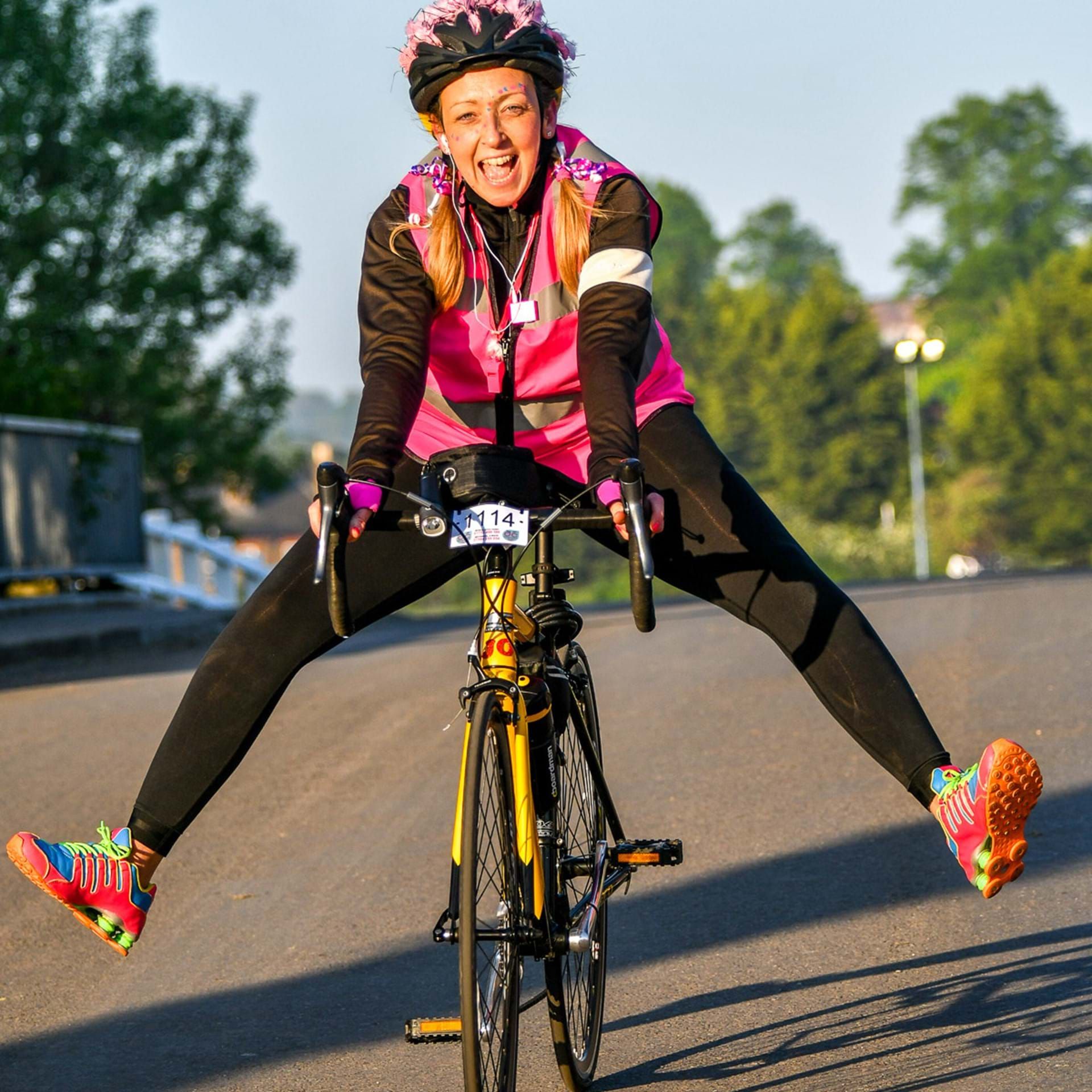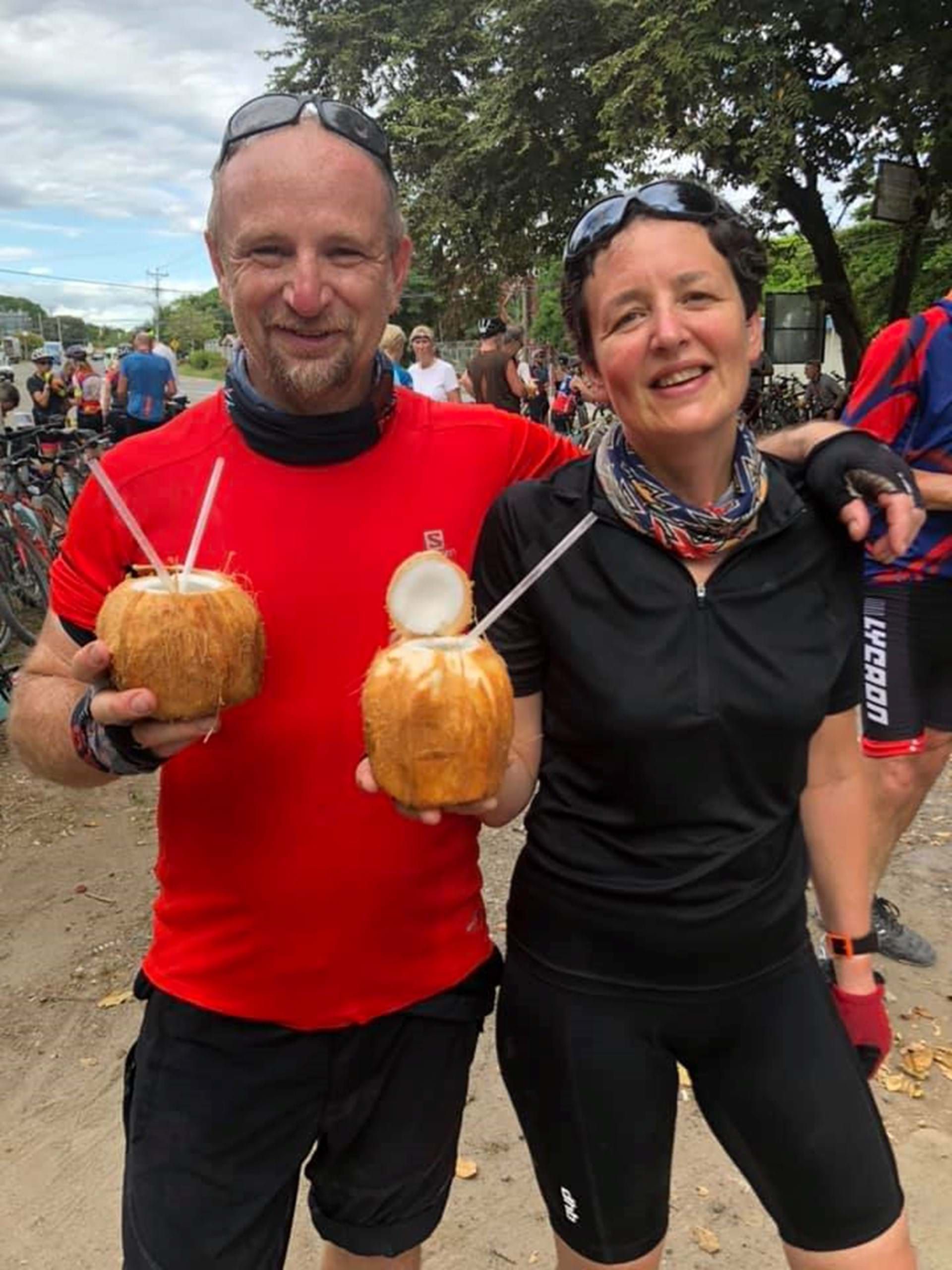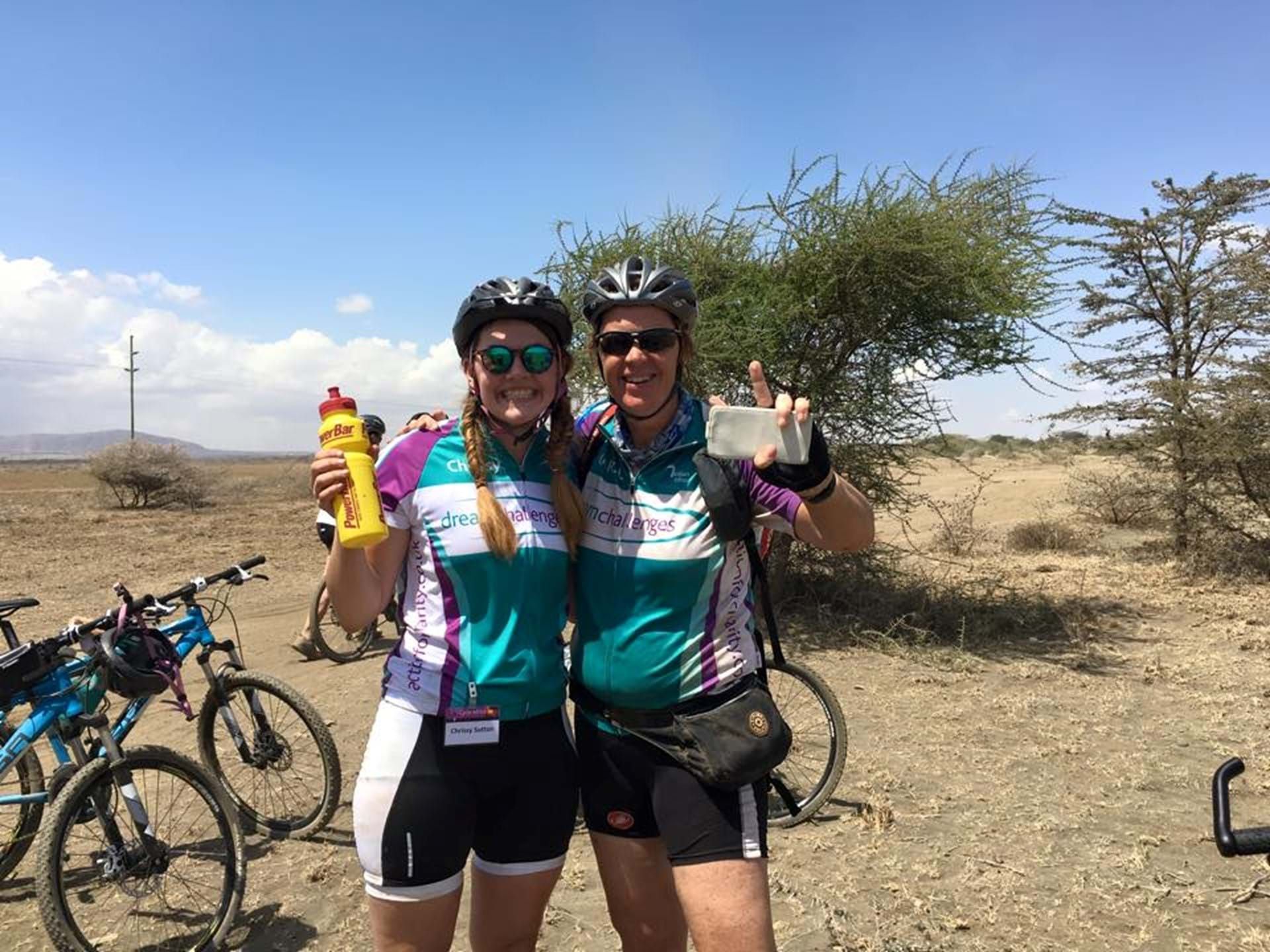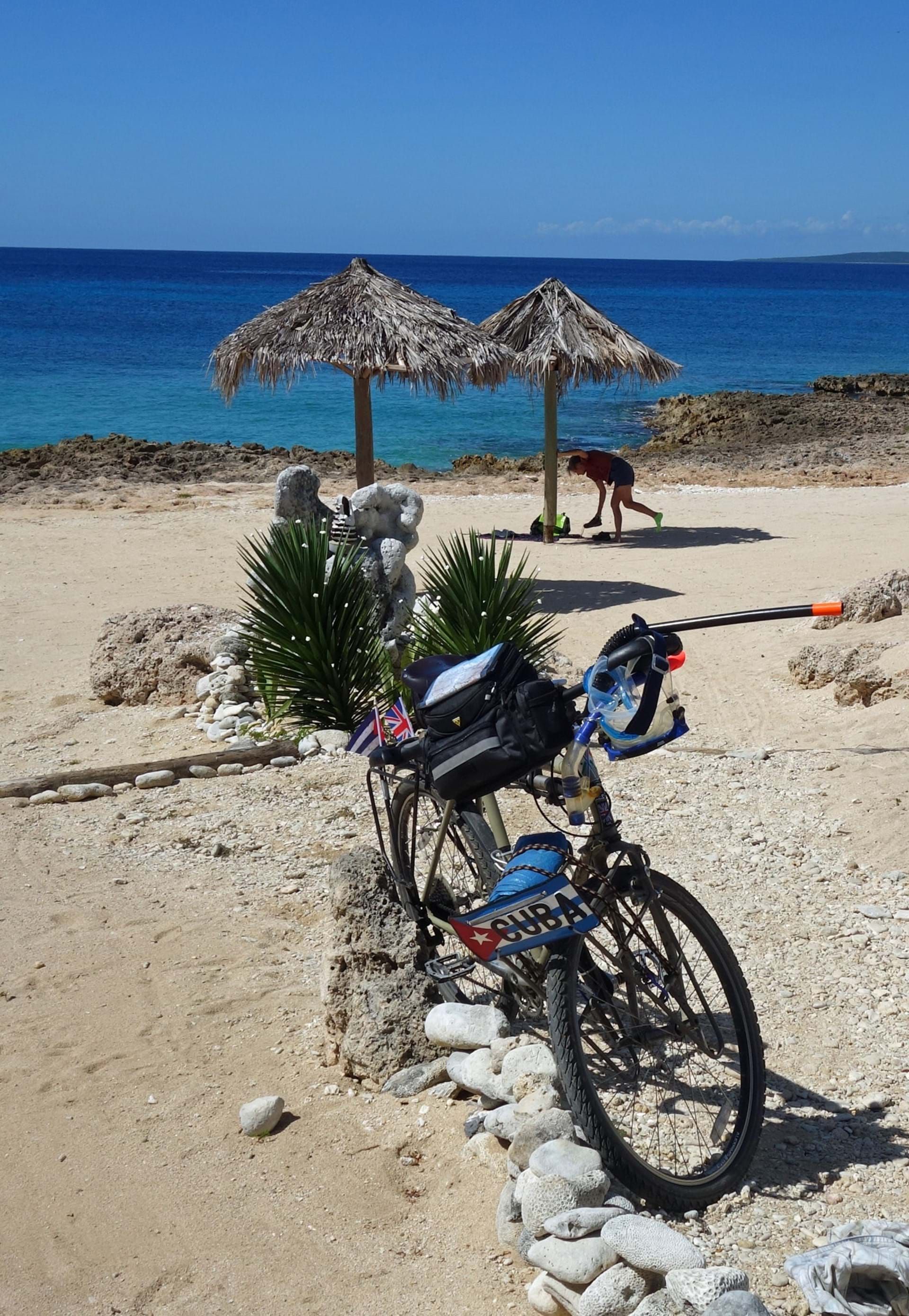Top cycling tips
Andy Cook, our expert cycling Route Director, has trained and coached thousands of cyclists from beginners to top level competitors, helped to organise hundreds of cycling events in the UK and around the world and he knows best how to conquer even the hardest bike rides. Read on to discover Andy’s exclusive tips on training for your cycling challenge and smashing the real thing like a pro.
1. Pace yourself
Cycling is as much about saving energy as it is about using it! “Ride at a sustainable pace, which is comfortably hard NOT hardly comfortable”.
2. Comfort is key
It’s very important that you train your body to get back on that same saddle day after day, and train yourself to continue cycling with tired legs and a lack of energy. I promise – the more you do it, the easier it will get. As any new rider will tell you, getting comfortable in your saddle can take some time!


3. Eat and drink little and often
You should never wait until you are hungry to eat. Nor should you wait until you are thirsty to drink. By that point, it will be too late and you risk running out of energy. Eat and drink little and often to ensure you replace the calories you are burning.
Every cyclist differs in what they like to eat whilst out on their bike, but it should always be good quality with a balance of carbohydrate (70g-80g an hour) to replace glycogen stores, but also protein to help with muscle recovery.
Hydration is also very important, and many people opt for electrolyte drinks/tablets, as well as water, to replace the electrolytes lost in sweat.
Practice taking your bottle from the holder on your bike and have a drink while you are moving. Also practice taking food out of your back pocket and eating on the move.
4. Get the right fit
If your bike has not been fitted correctly, it can put extra pressure and strain on certain parts of the body, including your neck, shoulders and back, which will turn your cycling experience into a bit of a nightmare. Bike fittings are quick and easy to book.
Equally, make sure you test new kit when training to make sure it fits correctly. Little things, like a seam rubbing on your leg or a top riding up as you move can be extremely annoying when you have to cope with them for a long time!
Padded cycling shorts are designed to be worn with the padded insert next to the skin. Less is more when it comes to cycling and whether you’re male or female, wearing underwear underneath your padded cycling shorts will increase the risk of rubbing and sores, thanks to the additional material and seams.
Lots of padded cycling shorts today also have pads that are specifically designed to clear away sweat and made of anti-bacterial material, which can help prevent infection if you are unlucky enough to get a saddle sore.
5. Travel light
Pack only the essentials for your bike ride. Have snacks in your back pocket and your bottle in a holder on your bike.
Don’t use a backpack, as this can give you a back ache and make you very hot! Carry spare tubes etc on your bike. Have a lightweight rain jacket in your pocket or in a bar bag or saddlebag.


6. Give your bike some TLC
Even if there isn’t anything noticeably wrong with your bike, it’s always worth sending it in for a service before your event to make sure there are no underlying problems and to have a general tune up to make the bike as efficient as possible. You do not want to be wasting energy while you are on your bike.
7. Check the weather
It’s important to check the weather and know the terrain you will be riding on, so you can pack the appropriate kit.
Check the Welcome Pack Dream Challenges will send you when you sign up to your challenge, as it includes key weather information, a complete kit list and loads of info about your challenge.
Ideally, you should pack for all weather eventualities. Cycling kit is designed to be squeezed into small bags to allow for multi-day riding where the weather does vary.
The worst thing you can be is too hot or too cold while out on your bike. Prevent this by packing a wind jacket, arm and leg warmers and a waterproof if there’s a chance of rain.
Your temperature on the bike can change quickly – for example, you may get hot and sweaty climbing a hill, but at the top, it’s likely to be much cooler. On the descent, the wind picks up and it can become very chilly!
8. Test sports nutrition products ahead of your challenge
Figure out which products you like the taste of and give you enough energy to keep going cycling your challenge.
Real food is also great to use if you don’t fancy using sports nutrition.
Gear up for the cycling challenge of a lifetime
Now you’ve got the tips, it’s time to put them into practice. Hop on your bike and prepare to fall in love with cycling as you ride around the world in a mind-blowing variety of Dream destinations.
Get the Dream Challenges email newsletters
Be the first to know when we launch exciting new challenges and hear more about each of the awesome adventures you can join and sign up to our mailing list!
We’ll send you all sorts of fun stuff, including interviews with our local agents, top tips, case studies, videos and more – view our privacy policy for details.


